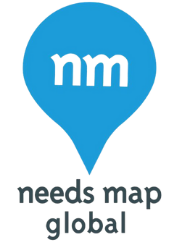
Dates: 2021
Location: Türkiye
Theme: Humanitarian Aid, Disaster Response
During disasters and epidemic times, which occur in a time-limited manner, preparedness with the high resistance ensures that the intervention process in the field is carried out in the most smooth way. In order to minimize the effects and accelerate the response in more than 150 forest fires that took place in 2021, which caused the destruction of people’s lives and livelihoods, animals and habitats, the Disaster Map was created to be open to all stakeholders who want to take part. On the other hand, according to previous experiences of Needs Map, it has been observed that too many aid materials not related to needs were collected during earthquakes (such as sending books in winter while people were in need of shelter, clothing, and food) and that the supports were not distributed equally to people in need. In order to solve this problem, we have created a Disaster Map platform with the technological infrastructure of location-based digital tools and use a data collection method by actualizing needs analysis and mapping the results in times of disaster.
Through the Disaster Map, the effects on vulnerable households most affected by disasters were identified, and studies were carried out to increase the resilience of regions and communities. The goal of the mapping process is to digitalize the crisis response framework that can provide a swift, on-the-target and impactful communication channel for all stakeholders wishing to take part in the response mobilization. It provides a digitalized standard of procedures for the response efforts. Also, in order to reduce the negative effects of those challenging circumstances, the solution comes through Disaster Map, by providing open and reliable information sharing with the representatives of approximately 27 institutions from different fields; in regard to pre-disaster prevention, intervention during disaster and post-disaster restructuring efforts to be carried out.
Description of actual services provided by your staff within the assignment:
Needs Map is responsible for coordinating and operating the project activities in Turkey. Therefore, services provided by Needs Map include;
-
- Survey Form Development: Effective communication during crisis management was facilitated through specially designed survey forms and stakeholder engagement tools. These tools played a crucial role in data collection and interaction among different stakeholder groups. The collected data is stored in geographic data format and can be converted to all data formats compliant with OGC standards as needed.
- Stakeholder Engagement Tools: Engineered sophisticated survey forms tailored for structured data gathering and interaction across diverse stakeholder groups, facilitating effective communication during crisis management.
- Communication Integrations
-
- Multichannel Communication System: Advanced e-mail and SMS integration was implemented to ensure timely and effective communication with stakeholders at various stages of disaster response. Integration with APIs enabled the creation of different web applications (dashboards).
- Geospatial Data Infrastructure: A spatial database infrastructure compliant with OGC standards has been developed. This infrastructure is designed to support the storage, management, and analysis of geographic data. The spatial database created in accordance with OGC standards enables the integration and consistent storage of geographic data from various sources. It has played a significant role in collecting and processing data obtained from various sources such as OpenStreetMap, Copernicus, and USGS Earth Explorer for the Disaster Map project. Environmental analyses have been conducted using satellite imagery. Additionally, analyses and results performed on the spatial database have been presented to users as web-based mapping applications, making the data more accessible to a wider audience. Thus, within the scope of the Disaster Map project, the spatial database infrastructure has facilitated the effective use and management of geographic data.
- Spatial Database Construction: Developed a comprehensive spatial database capable of managing large volumes of geospatial data essential for disaster response, supporting the rapid generation and dissemination of thematic maps during crises.
- GIS-Driven Analytical Tools: Crafted dynamic GIS tools to enhance decision-making and strategic planning through detailed visualisation and analysis of disaster-related data.
- Remote Sensing and Data Integration: Remote Sensing Techniques Incorporated remote sensing technologies to capture and analyse environmental data, providing critical insights into areas affected by potential disasters. This technology allows for the monitoring of land use changes, vegetation health, and other environmental indicators that precede disasters.
-
- Open Geospatial Data Utilisation: Integrated various open geospatial data formats to enrich the platform’s data reservoir, facilitating comprehensive analysis and cross-referencing of multiple data sources for enhanced accuracy in disaster prediction.
- Predictive Analytics and Disaster Forecasting & Predictive Modelling: Utilised advanced algorithms and machine learning techniques to analyse historical and real-time geospatial data, predicting potential disaster zones and their likely impact. This predictive capability enables proactive measures and readiness for impending crises.
- Community Warning System: Developed a system to disseminate predictive alerts and real-time updates through social media platforms, ensuring widespread and rapid distribution of critical information to communities at risk.
- Website Architecture and Design
-
- Comprehensive Web Development Managed the complete design and development of the Disaster Map website, ensuring a seamless, intuitive, and responsive user experience with modern web technologies for accessibility across devices.
- Volunteer Management System
- Custom Volunteer Application Forms: Designed customised forms to effectively mobilise and manage volunteer resources tailored to various disaster scenarios.
Through these enhancements, Needs Map has elevated the capabilities of the Disaster Map platform, integrating cutting-edge technology to forecast disasters, analyse risks, and communicate effectively with communities through integrated social media channels. These technical advancements ensure a swift, informed, and coordinated response to minimise the impact of disasters and enhance community resilience.
